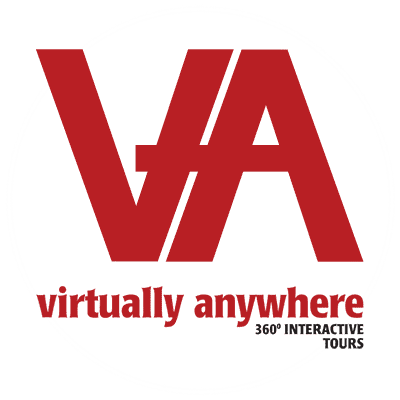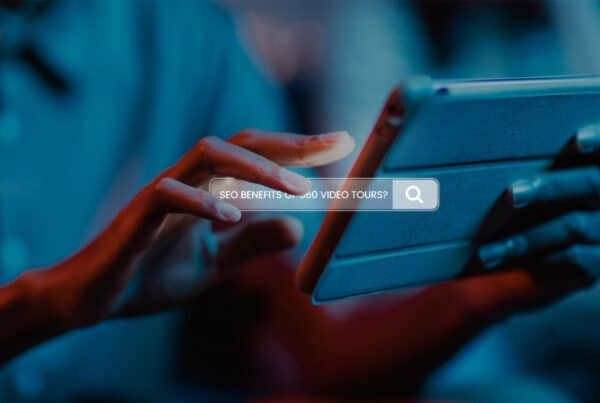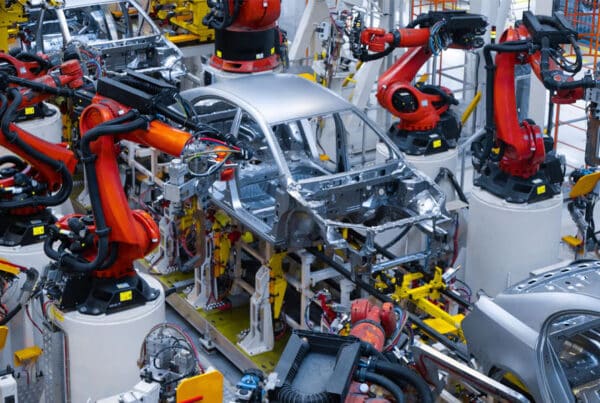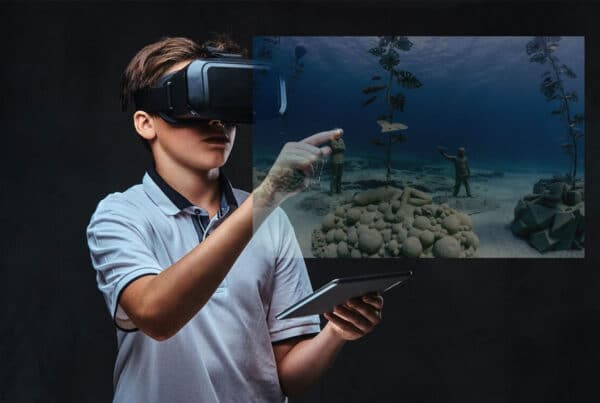
Introduction
As museums strive to engage a broader audience and enhance visitor experiences, 360 video tours have emerged as a transformative tool. These immersive experiences allow users to explore exhibits and collections interactively, providing a unique perspective that traditional media cannot match. This article explores how museums can utilize 360 video tours effectively, focusing on their benefits, applications, and best practices for implementation.
Enhancing Accessibility
Breaking Geographical Barriers
One of the most significant advantages of 360 video tours is their ability to make museums accessible to individuals who may not be able to visit in person. This includes:
- Remote Audiences: People living in distant locations can explore museum exhibits without the need for travel. This accessibility can significantly increase the museum’s reach and attract international visitors.
- Mobility Challenges: Individuals with disabilities or mobility issues often face challenges when visiting physical locations. 360 video tours provide an inclusive option that allows them to experience the museum from home.
Educational Opportunities
360 video tours can serve as valuable educational tools, particularly for students and educators.
- Virtual Field Trips: Schools can use virtual tours as part of their curriculum, allowing students to explore historical artifacts or art collections without leaving the classroom. This approach can enhance learning by providing context and visual representation of subjects being studied.
- Interactive Learning: By integrating interactive elements within the tour—such as quizzes or additional information about specific exhibits—museums can create engaging educational experiences that encourage exploration and discovery.
Immersive Visitor Experience
Engaging Storytelling
360 video tours allow museums to tell compelling stories about their collections and exhibits.
- Narrative Context: Curators can provide narration or written descriptions that accompany the virtual tour, offering insights into the significance of various artifacts. This contextual information enriches the visitor experience and fosters a deeper appreciation for the exhibits.
- Highlighting Unique Features: Museums can showcase unique aspects of their collections through interactive hotspots within the tour. For example, viewers might click on an artifact to learn more about its history, origin, or cultural significance.
User-Controlled Exploration
One of the most appealing aspects of 360 video tours is that they empower users to control their exploration.
- Personalized Experience: Visitors can navigate through the virtual space at their own pace, allowing them to focus on areas of interest. This personalized approach enhances engagement and satisfaction.
- Zooming In on Details: Users can zoom in on specific artifacts or artworks to examine intricate details that may not be visible in a traditional setting. This level of interaction creates a more immersive experience.
Marketing and Promotion
Expanding Audience Reach
360 video tours serve as powerful marketing tools for museums looking to attract new visitors.
- Online Presence: By showcasing virtual tours on their websites and social media platforms, museums can increase their online visibility and attract potential visitors who may not have considered attending in person.
- Event Promotion: Museums can use 360 video tours to promote upcoming exhibitions or events. By providing a sneak peek into what visitors can expect, they generate excitement and interest.
Enhancing Visitor Engagement
Engaging content is crucial for maintaining visitor interest and encouraging repeat visits.
- Social Media Sharing: Virtual tours are highly shareable on social media platforms, allowing museums to reach wider audiences through user-generated content. Visitors who enjoy the experience may share it with friends and family, further promoting the museum.
- Email Marketing Campaigns: Museums can incorporate links to 360 video tours in email newsletters, enticing subscribers to explore new exhibits or features.
Cost-Effectiveness
Creating 360 video tours can be a cost-effective solution for museums looking to expand their reach without incurring high expenses associated with physical exhibitions.
Reduced Physical Exhibition Costs
Hosting physical exhibitions involves various costs—transportation, installation, insurance—that can add up quickly. Virtual tours eliminate many of these expenses:
- No Transportation Costs: Artifacts do not need to be transported for display, reducing logistical costs.
- Lower Insurance Premiums: Virtual exhibitions typically require less insurance coverage compared to physical displays.
Sustainable Practices
In addition to cost savings, virtual tours offer a more sustainable option by reducing the carbon footprint associated with physical exhibitions.
- Less Resource Intensive: By minimizing the need for physical materials (like printed brochures) and transportation, museums can adopt more environmentally friendly practices.
- Long-Term Accessibility: Once created, 360 video tours remain accessible indefinitely without additional resource consumption, allowing museums to maximize their investment over time.
Best Practices for Implementing 360 Video Tours
To maximize the impact of 360 video tours, museums should consider several best practices:
High-Quality Production
Investing in high-quality production is essential for creating engaging virtual tours. Key considerations include:
- Resolution: Use high-resolution cameras to ensure that images are clear and detailed.
- Stabilization Techniques: Employ stabilization equipment during filming to avoid shaky footage that detracts from user experience.
User-Friendly Navigation
Ensure that your 360 video tour is easy to navigate:
- Intuitive Controls: Use clear controls that allow users to move through the tour seamlessly. Consider including navigation arrows or hotspots that guide users through different sections.
- Mobile Optimization: Ensure that your virtual tour is accessible on various devices—including smartphones and tablets—to reach a broader audience.
Integrating Interactive Elements
Adding interactive features enhances user engagement:
- Hotspots with Information: Incorporate clickable hotspots that provide additional information about specific exhibits or artifacts when selected.
- Quizzes and Polls: Engage users by including quizzes or polls related to the content of the tour. This interactive element encourages participation and reinforces learning.
Promoting Your Tour
Once your 360 video tour is complete, promote it effectively:
- Social Media Campaigns: Share snippets of your virtual tour on social media platforms with engaging captions that encourage followers to explore further.
- Email Newsletters: Include links to your virtual tour in email newsletters sent to subscribers, enticing them with exclusive content or sneak peeks at upcoming exhibitions.
Conclusion
360 video tours represent a powerful tool for museums seeking to enhance visitor engagement, increase accessibility, and promote their collections effectively. By providing immersive experiences that transcend geographical barriers, these virtual tours allow audiences worldwide to explore exhibits interactively while fostering a deeper appreciation for cultural heritage. As technology continues evolving and more institutions embrace innovative solutions like 360 video tours as part of their outreach efforts, understanding best practices for implementation will be essential for maximizing impact. By investing in high-quality production values, user-friendly navigation features, interactive elements, and effective promotional strategies, museums can leverage this technology successfully—ultimately enriching visitor experiences both online and offline.




